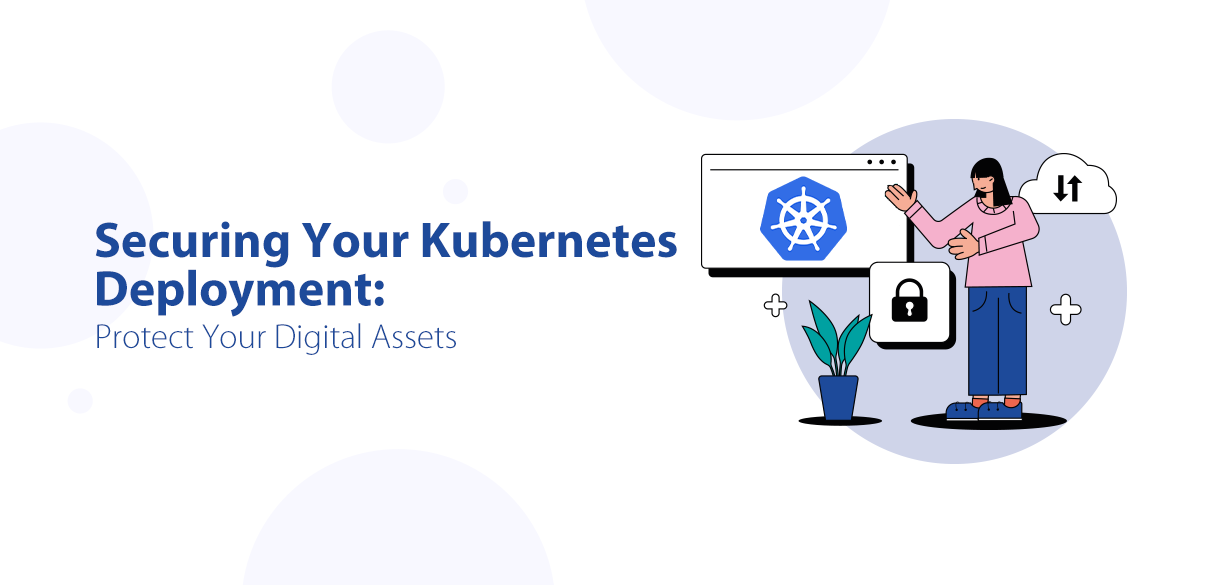Terraform offers a powerful way to manage AWS infrastructure by treating it as code using the HashiCorp Configuration Language (HCL). By writing Terraform configuration files, you can automate the provisioning, modification, and version control of AWS resources. This approach ensures consistency and reliability across environments. Instead of manually adjusting settings in the AWS Management Console, you can simulate changes locally and deploy updates automatically.
What is Terraform?
Terraform is an open-source tool developed by HashiCorp that enables you to define, provision, and manage infrastructure across various cloud platforms, including AWS. It follows an Infrastructure as Code (IaC) approach, allowing you to write configuration files in HashiCorp Configuration Language (HCL), which describes the desired state of your cloud resources. Terraform can automate these resources creation, modification, and deletion, saving significant time and effort.
What is AWS?
AWS (Amazon Web Services) is one of the most widely used cloud platforms globally, offering a broad range of services including computing power, storage, and networking. It’s scalable, reliable, and provides a pay-as-you-go model that suits businesses of all sizes.
How Terraform and AWS Work Together
By combining Terraform with AWS, you can manage your AWS infrastructure programmatically. Here’s how they complement each other:
- Declarative Configuration with Terraform
- AWS Provider in Terraform
To manage AWS services, Terraform uses an AWS Provider. The provider is responsible for interacting with AWS APIs to create, update, or delete resources. Each resource (such as an EC2 instance or S3 bucket) can be described in Terraform configuration files using this provider.
Example:
provider "aws" {
region = "us-west-2"
}
resource "aws_instance" "example" {
ami = "ami-123456"
instance_type = "t2.micro"
} - Modular and Reusable Infrastructure
- Managing Multi-Cloud Infrastructure
- Terraform State Management
- Plan and Apply with Terraform
- Automation and Integration
Terraform allows you to describe the desired state of your AWS resources in configuration files. For example, you can define EC2 instances, S3 buckets, VPCs, and security groups within your code. Once written, Terraform will handle the provisioning and configuration of these AWS resources per your specifications.
Terraform configurations can be modularized, meaning you can break down infrastructure components into reusable modules. These modules can be shared across projects or teams, making it easy to standardize AWS resources like VPCs or IAM roles.
Example of creating a reusable module for an EC2 instance:module "ec2_instance" {
source = "./modules/ec2"
instance_type = "t2.micro"
ami = "ami-123456"
}
While AWS provides an excellent cloud platform, some organizations may need to manage resources across multiple cloud providers. Terraform simplifies multi-cloud management by allowing you to use the same configuration language to provision and manage resources in AWS, Google Cloud, Microsoft Azure, and other platforms.
Terraform maintains a state file that records the current state of your AWS infrastructure. This state is used to track and compare changes between your configurations and the actual state of the resources in AWS. By doing this, Terraform can determine what needs to be updated or destroyed during an operation.
Storing the state file remotely (e.g., in AWS S3) enables collaboration across teams, ensuring everyone is working from the same infrastructure state.
One of Terraform’s key strengths is its ability to plan changes before applying them. When you run terraform plan, Terraform generates an execution plan showing exactly what changes will be made to your AWS infrastructure. This helps avoid accidental misconfigurations or costly mistakes.
After reviewing the plan, you can run terraform apply to apply the changes, and Terraform will handle the rest.
By using Terraform with CI/CD pipelines, you can automate AWS resource deployment. For instance, you can trigger a Terraform script to spin up an EC2 instance whenever a new code release is deployed, ensuring that infrastructure is updated or provisioned dynamically alongside application updates.
AWS services like CodePipeline and CodeBuild can be integrated with Terraform to enhance automation further.
Advantages of Using Terraform with AWS
- Efficiency and Scalability: Terraform allows you to automate the provisioning of AWS resources, reducing the need for manual configuration. This is especially beneficial for scaling infrastructure to meet high demand or deploying across multiple environments (e.g., development, staging, and production).
- Infrastructure Version Control: Like software code, Terraform configurations can be version-controlled using Git, allowing you to track changes, roll back to previous states, and collaborate effectively.
- Cost Optimization: With Terraform, you can efficiently manage AWS infrastructure by defining exactly what resources are needed. You can also create scheduled resource management (e.g., automatically shutting down non-production environments outside business hours), leading to cost savings.
- Consistent and Repeatable Infrastructure: Terraform ensures consistency by codifying your infrastructure, reducing the likelihood of configuration drift. The same configuration can be used to recreate environments with precision.
Conclusion
Terraform and AWS together form a powerful combination for managing cloud infrastructure through code. With Terraform’s declarative syntax and AWS’s extensive cloud services, you can automate infrastructure provisioning, enhance scalability, and ensure consistency across environments. Whether you’re managing a simple EC2 instance or a complex, multi-region infrastructure, Terraform enables you to simplify AWS resource management, driving efficiency and reliability in your cloud operations.
By leveraging this synergy, organizations can focus on building and deploying applications while letting Terraform handle the complexities of AWS infrastructure management.



